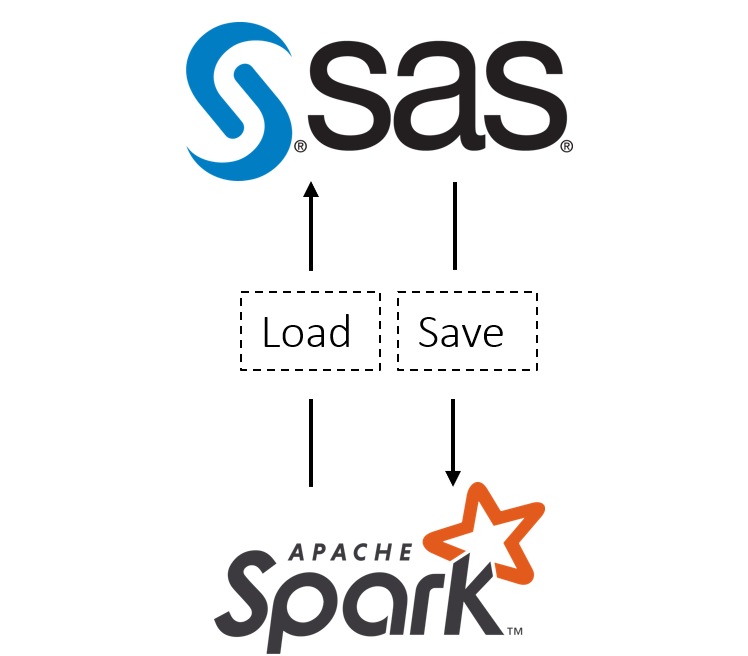
In part 1 of this post, we looked at setting up Spark jobs from Cloud Analytics Services (CAS) to load and save data to and from Hadoop. Now we are moving on to the next step in the analytic cycle, scoring data in Hadoop and executing SAS code as a

In part 1 of this post, we looked at setting up Spark jobs from Cloud Analytics Services (CAS) to load and save data to and from Hadoop. Now we are moving on to the next step in the analytic cycle, scoring data in Hadoop and executing SAS code as a

This article is not a tutorial on Hadoop, Spark, or big data. At the same time, no prerequisite knowledge of these technologies is required for understanding. We’ll give you enough background prior to diving into the details. In simplest terms, the Hadoop framework maintains the data and Spark controls and

David Loshin discusses big data identity resolution in a programming and execution environment.

As the big data era continues to evolve, Hadoop remains the workhorse for distributed computing environments. MapReduce has been the dominant workload in Hadoop, but Spark -- due to its superior in-memory performance -- is seeing rapid acceptance and growing adoption. As the Hadoop ecosystem matures, users need the flexibility to use either traditional MapReduce

I've been doing some investigation into Apache Spark, and I'm particularly intrigued by the concept of the resilient distributed dataset, or RDD. According to the Apache Spark website, an RDD is “a fault-tolerant collection of elements that can be operated on in parallel.” Two aspects of the RDD are particularly